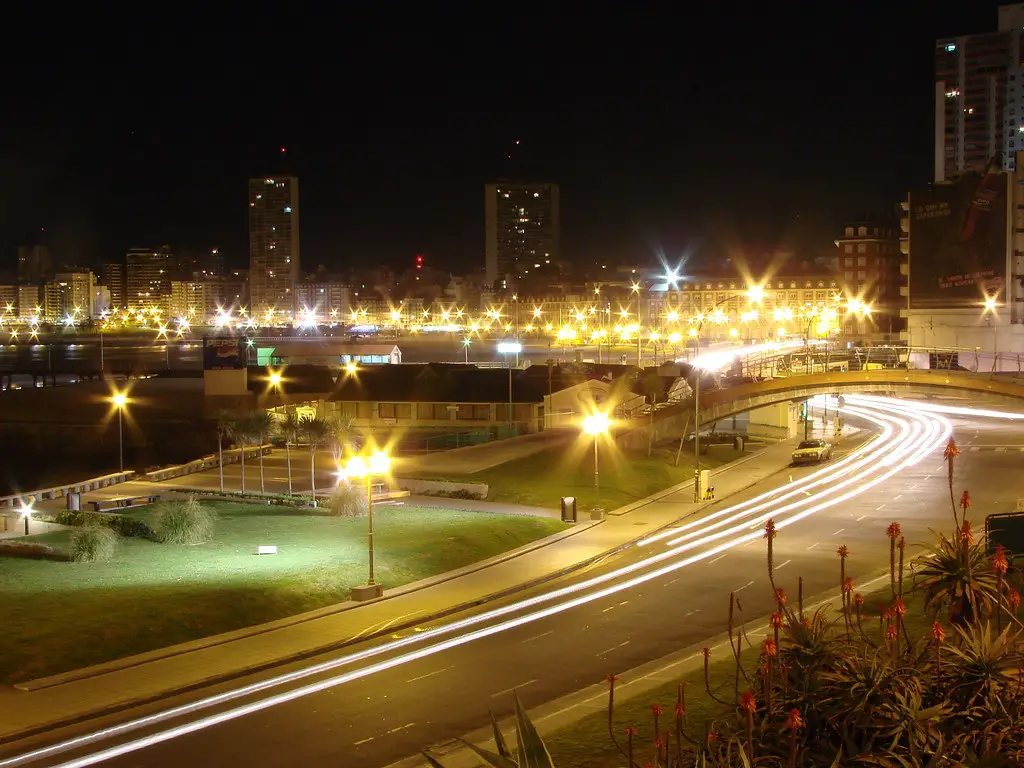Many developing cities are implementing policies to increase the appeal of cycling and reduce the dependence on cars for transportation. Sydney is one such city, and is actively developing a strategy to increase the use of alternative, sustainable modes of eco-friendly transportation.
It is shocking that in certain parts of Australia the transport sector is responsible for approximately 25% of greenhouse gas emissions. The Sustainable Sydney Strategy 2030 aims to address these environmental issues through a number of avenues, one of which is the City of Sydney Cycle Strategy and Action Plan 2007-2017. It is part of the City’s commitment to achieving a sustainable future by making riding a bike an attractive and efficient choice of transport.
The desire to live in a city that recognises sustainability, health issues and is easy to get around is a common one. To achieve this standard in Sydney we need to reduce traffic and pollution levels and give Sydney-siders more transport options.
The City of Sydney is one of the most pro-active councils in respect to cycling, with a comprehensive bike plan. The Cycle Strategy and Action Plan presents a committment to building a safe, convenient and sustainable 200-kilometre bike network (which will include 55 kilometers of separated cycle ways) by 2016.
‘The NSW Government encourages people to take up cycling,’ said NSW Roads Minister David Borger. ‘It is a sustainable means of transport, it is part of an active lifestyle, and it helps keep cars off the road.’
According to an independent research study, 84% per cent of Sydney residents consider a good bike cycle path network to be important, with the research also revealing that 75% of Sydney residents approve the building of a new and comprehensive bike network.
The Cycle Strategy and Action Plan’s suggested bicycle network has the potential to take 300,000 car trips a day off inner Sydney roads and relieve overcrowded public transport routes into the city. It has been allocated AU$76 million funding over the next four years. Whilst this seems like a large investment in tough times, it could actually make economic sense for the city. Independent research has found that for every dollar we spend on cycling, we generate economic benefits of nearly four dollars.
Traffic congestion already costs Sydney business and the community AU$3.5 billion a year – and with a forecast 23 per cent growth in traffic over the next 15 years, that figure will rise to AU$7.8 billion a year. Australia’s biggest city is attempting to increase cycling, with ambitious plans to introduce a 200 kilometre network of cycle lanes (55km of which will be fully separated) by 2016. Whilst 84% of Sydney’s residents consider the plan a positive addition to the city’s infrastructure, it will be a few years before the success of the scheme can be judged. However, some North American cities have already invested heavily in their bicycle infrastructure, seeing a resulting increase in usage.
Portland
In Portland, the construction of 500km of developed bikeways has resulted in approximately 10% of Portlanders now identifying bikes as their primary mode of transport.
Portland had a non existent bike culture 20 years ago. The man behind the transformation of Portland into a bike friendly city says that Sydney can also become a cycling city, citing the construction of more dedicated cycle paths as vital to this. He also noted that it was a question of government and political will – something that Sydney has embraced with their planned $76 million spending over the next four years on bike path infrastructure.
Montreal
Bicycle use has increased by as much as 40 per cent since 2008 in areas of Montreal where the city has invested in bike paths or lanes, according to a new McGill University study.
New York
From 2006 – 2009, New York City built 200 miles of bike lanes and saw a 45% increase in commuter cycling
There is hope that government financial backing, community approval of the Cycle Plan, and new cycle paths will help turn Sydney into bicycle friendly City, with improvements in health, the environment and a reduction in Sydney’s congestion and greenhouse gas emission problems.
Whilst the success of similar plans in North American cities can’t act as a guarantee of improved cycling rates in Sydney, it is a positive sign. By building a major 200km bicycle network that includes 50km of separated cycle ways, along with free cycling courses, cycling events and education campaigns, Sydney is looking for big changes – congestion, greenhouse gas emissions, energy consumption, and travel times are all hoped to go down, with air quality and health likely to improve.
This ambitious cycle network plan – if official predictions are to be believed – has the potential to take 300,000 car trips a day off inner Sydney roads and relieve overcrowded public transport routes into the city, as well as increasing the number of bike trips made in the city from 2% to 10% of all trips by 2016.
More specifically, the Sydney Cycle Strategy aims to cut car use by 4.3 million trips a year by 2016, alleviate health problems such as obesity, high blood pressure and heart disease, bring environmental improvements such as reduced greenhouse gas emissions as well as improved air quality and lower noise pollution – some ambitious aims.
Fiscally speaking, the city expects to see $147.3 million in health benefits over the next 30 years, potentially saving Sydney commuters from a raft of chronic diseases from heart disease to Type 2 Diabetes. Additionally, savings of $24.2 million in greenhouse gas emissions, air and noise pollution are predicted, with every $1 spent on the network expected to generate $3.88.
However, Sydney faces many challenges, and success to the levels predicted by officials will not be easy. At present, although 42% of Sydney households own at least 1 bicycle, only 0.7% of people cycle to work. In fact, Sydney has Australia’s lowest percentage of trips to work by bike and the lowest percentage of the population who are regular cyclists.
Sydney has lower levels of cycling than San Francisco, arguably a city of comparable topography. With roughly double the amount of investment per capita, San Francisco – and many other cities – has demonstrated that cycling levels can be increased with an appropriate mix of investment, government commitment and policy options. If the Sydney Cycle Strategy goes ahead as planned, we’ll soon see if such a mix works in Australia’s biggest city.
Nina Vucetic is Director of Sydney-based electric bikes firm Reef Bikes.
Photo: Newtown grafitti


